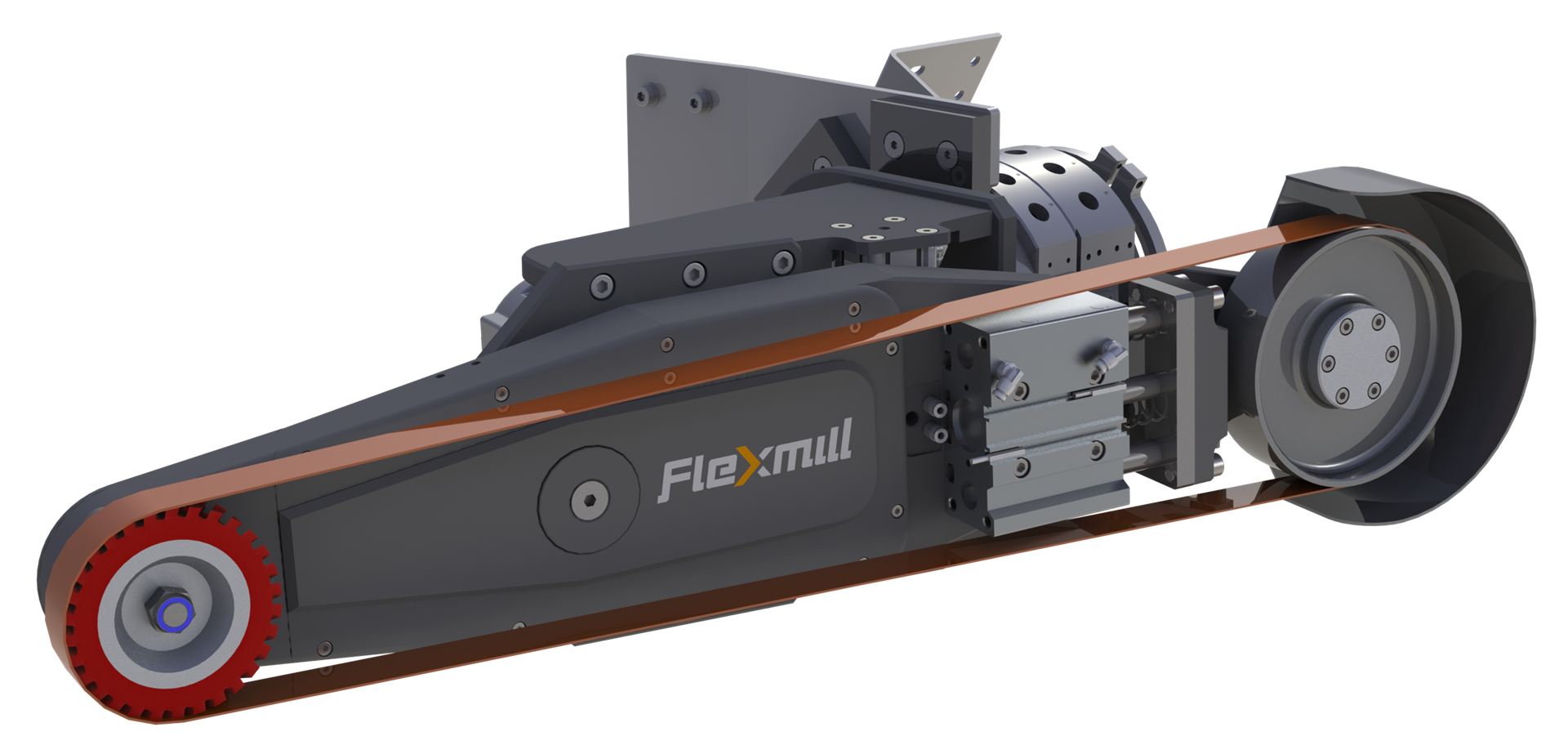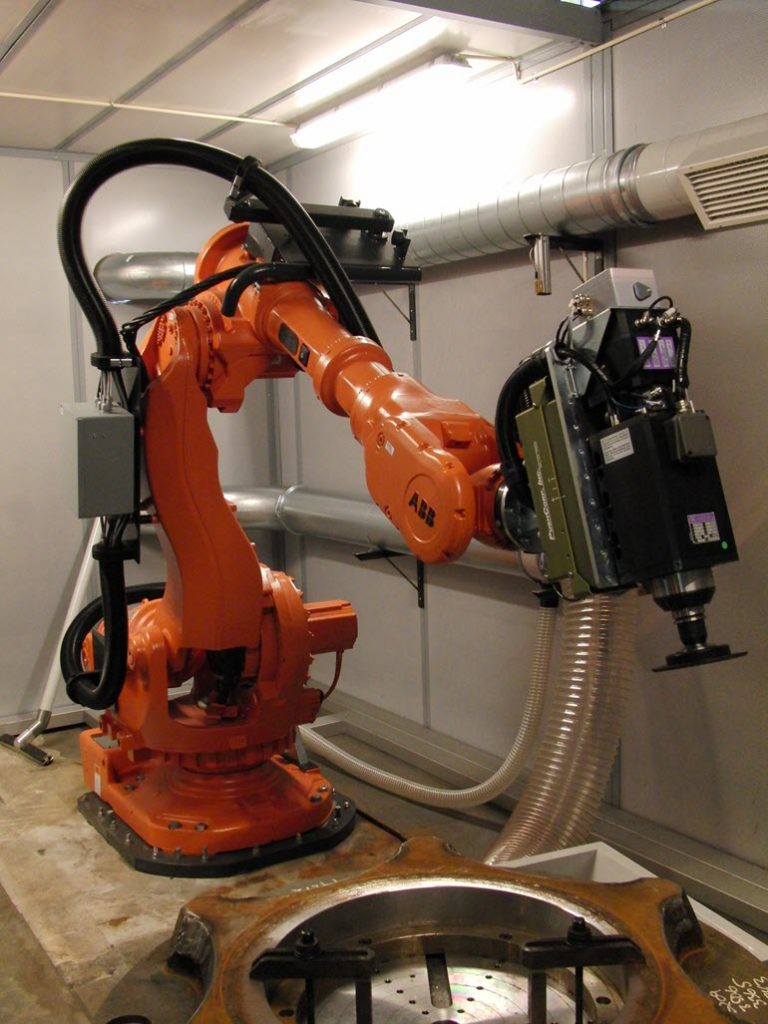Weld grinding
 It is common that the weld joint must be ground and finished after the welding process. Depending on the application, there are many different requirements for surface quality after treatment. In the automotive industry, for example, the weld joint must be seamless after the grinding process in order to proceed to the next steps in the process. In some other instances, it may be enough to just remove the excess from the weld joints. In many cases, the grinding process can be automated.
It is common that the weld joint must be ground and finished after the welding process. Depending on the application, there are many different requirements for surface quality after treatment. In the automotive industry, for example, the weld joint must be seamless after the grinding process in order to proceed to the next steps in the process. In some other instances, it may be enough to just remove the excess from the weld joints. In many cases, the grinding process can be automated.
There is no one-size-fits-all solution when it comes to which grinding tools, medias or processes to use. Each type has a different, unique purpose, depending on the application.

